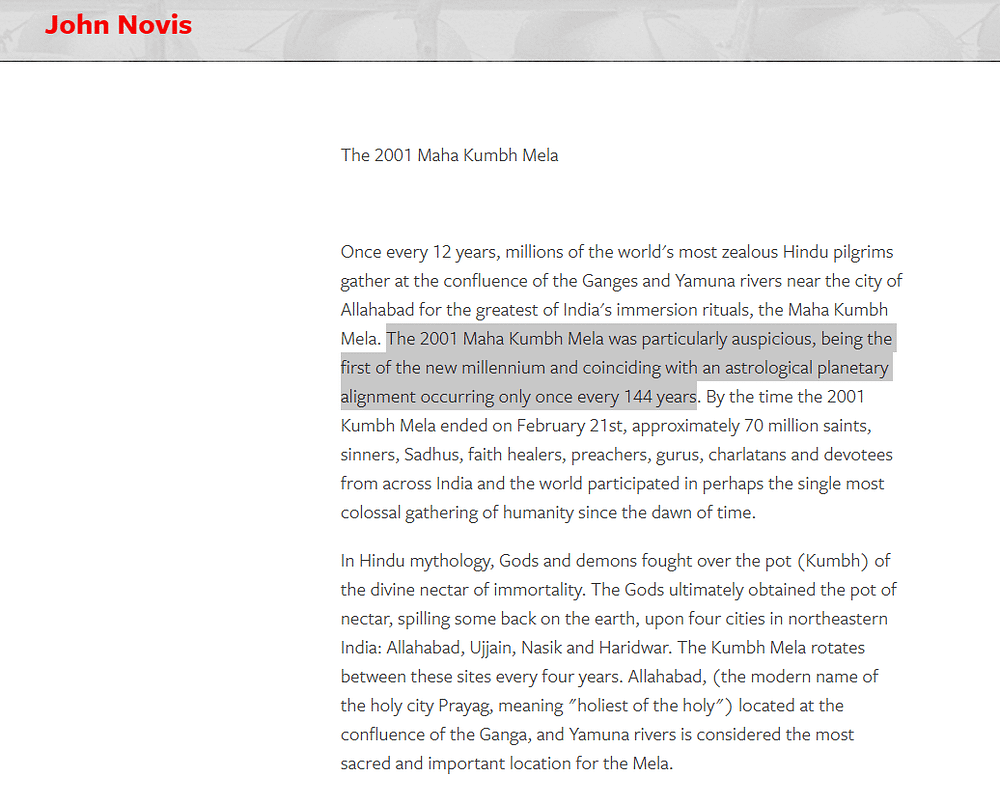The Origins of Indian Cuisine: A Feast of History and Harmony
Indian cuisine is a sensory explosion — spices that sing, textures that dance, flavors that linger. From buttery naans to fiery vindaloos, it’s a global icon, feeding 1.4 billion at home and millions abroad. But where did it come from? Not one source, but many — ancient agriculture, invasions, trade, religion, and regional quirks — wove this culinary quilt. Let’s explore the origins of Indian cuisine and uncover the ingredients that made it what it is.
1. The Ancient Roots: Indus Valley and Vedic Times
The Seed: It starts 5,000 years ago with the Indus Valley Civilization (3300–1300 BCE). Archaeological digs at Harappa reveal wheat, barley, and lentils — early rotis and dals. By 1500 BCE, Vedic texts like the Rig Veda mention soma (a ritual drink), milk, ghee, and rice. Cows were sacred — dairy became king.
The Flavor: This era birthed staples — 70% of rural diets still lean on grains and pulses (NSSO, 2022). Spices? Black pepper from Kerala’s hills spiced things up, traded as “black gold” by 1000 BCE (Pliny the Elder’s records). Simple, earthy, sacred — India’s food foundation was laid here.
2. Regional Diversity: Geography’s Spice Rack
The Seed: India’s landscapes — Himalayan peaks, coastal plains, arid deserts — shaped its plates. Punjab’s fertile fields gave creamy makhanas and sarson ka saag; Kerala’s backwaters birthed coconut curries and fish moilee. The Deccan’s dry heat perfected spicy Chettinad chicken; Bengal’s rivers delivered hilsa fish and mustard oil.
The Flavor: Today, 80% of Indian households cook regionally (NFHS-5, 2021) — Gujarat’s sweet dhoklas clash with Tamil Nadu’s tangy sambar. Spices like turmeric (Andhra Pradesh), cardamom (Kerala), and cumin (Rajasthan) rooted in terroir, making “Indian food” a myth — it’s a mosaic of micro-cuisines.
3. Invasions and Empires: Mughal Magic and More
The Seed: Outsiders didn’t just conquer — they cooked. The Mughals (16th–19th centuries) brought Persian flair — saffron, nuts, and meat-heavy biryanis. Babur’s chefs fused kebabs with local spices; Shah Jahan’s kitchens birthed korma. Earlier, Alexander’s Greeks (326 BCE) left grapes and wine traces; Central Asian Kushans added samosa-like pastries.
The Flavor: Mughal dishes — 20% of urban restaurant menus (FICCI, 2023) — like naan and tandoori chicken became “Indian.” Their legacy? Richness — India’s meat consumption rose from 5% (1950s) to 30% (NSSO, 2022), though veggie roots hold strong. Invasions spiced the pot, literally.
4. Trade Routes: The Global Spice Exchange
The Seed: India’s coasts were spice hubs — Romans paid gold for pepper (1st century CE, Periplus Maris Erythraei). Arabs brought coffee to Malabar; Chinese traders swapped soy for chilies via the Silk Road. The Portuguese (1498) dropped tomatoes, potatoes, and chilies — Vasco da Gama’s gift reshaped curries.
The Flavor: Chilies, now in 90% of dishes (Spice Board, 2023), weren’t Indian — they’re New World imports, tamed by local masalas. Turmeric exports hit 2 lakh tons in 2024 (DGFT) — trade made India a spice superpower, blending foreign bites into dosas and gravies.
5. Religion and Ritual: Sacred Plates
The Seed: Faith flavored food. Hinduism’s ahimsa pushed vegetarianism — 60% of Indians avoid meat (NFHS-5). Jainism banned roots (no onions, garlic); Buddhism spread rice-and-lentil khichdi. Islam’s halal rules shaped biryani; Sikh langars gave us communal dal-roti. Festivals like Diwali (sweets) and Ramadan (iftar) set menus.
The Flavor: Religion’s deep — 50% of households cook sattvic (pure) meals weekly (Pew, 2021). Gujarat’s Jain thalis skip garlic; Punjab’s gurudwara prasad is universal. Food’s not just fuel — it’s divine, tying India’s 1,000+ festivals to its kitchens.
6. Colonial Legacy: The British Blend
The Seed: The British (18th–20th centuries) didn’t just take — they tasted. They mashed Indian spices into “curry powder” (a simplification) and took tea global — Darjeeling’s 70,000 tons yearly (Tea Board, 2023). Anglo-Indians birthed mulligatawny soup; railways spread chaat and pakoras.
The Flavor: Today, 30% of urban Indians sip chai daily (NSSO, 2022), a colonial tweak to Assam’s brew. “Curry” abroad — $5 billion industry (Statista, 2024) — is Britain’s doing, not India’s. The Raj left a bittersweet aftertaste — fusion with a side of theft.
How It All Comes Together
These sources aren’t silos — they swirl. Vedic rice meets Mughal saffron in pulao; Portuguese chilies fire up Punjabi tikkas; trade’s cardamom scents Kerala’s payasam. India’s 29 states cook 100+ cuisines (FSSAI, 2023), each a remix of history. Spices — $4 billion export (Spice Board) — tie it all, but dairy (50% of protein intake, ICMR 2022) and grains anchor it.
Why It Matters
Indian cuisine’s no monolith — it’s a conversation. Harappa’s lentils talk to Lisbon’s tomatoes; Mughal nuts nod to Jain austerity. It’s 5,000 years of chaos and genius, feeding a billion daily — 90% home-cooked (NSSO). Globalized yet rooted, it’s India on a plate — messy, spicy, unforgettable. Next bite, taste the story.






